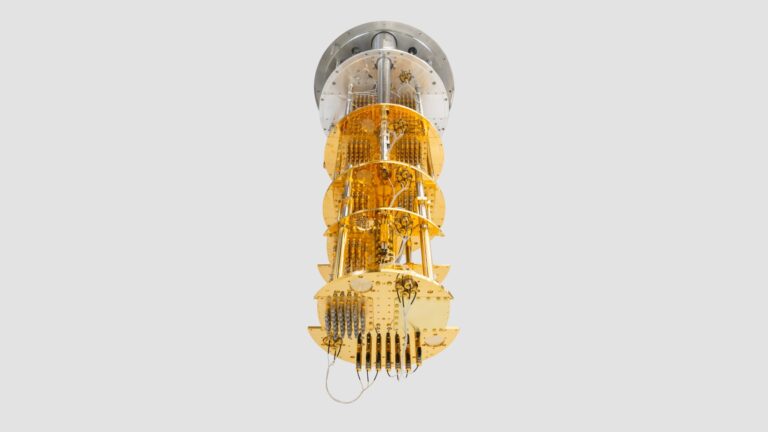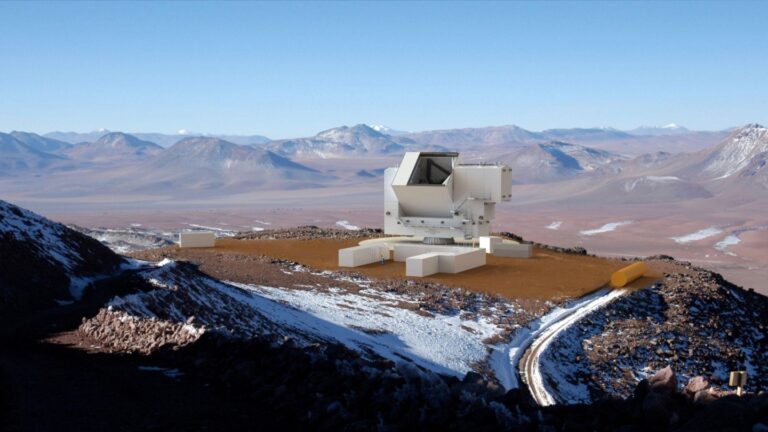
Cryogenic Products for Physics Research
Some of the most groundbreaking physics research is carried out at low temperatures. The reason for this is that material properties—for example, thermal conductivity—change as the materials become colder, and some phenomena only occur at cryogenic temperatures.
Low temperatures are also needed to create environments with as little interference as possible from noise sources that might influence the researched phenomena. From Astrophysics to Material Science, low temperatures are vital for research.
Our Cryogenic Measurement Systems and Cryocoolers enable some of the most advanced physics experiments in the world by helping scientists reach the coldest temperatures in the universe. We provide the most reliable, versatile, and easy-to-operate systems for this research.
Materials Science
At cryogenic temperatures, there are significant changes in the behavior of certain material properties. Depending on the material, electrical and thermal conductivity might increase, heat capacity might be reduced, or resistance effectively eliminated, leading to superconductivity. Magnetic properties might also increase, and mechanical properties change.
Scientists study these changes to better understand materials and engineer new applications and solutions.
Our low and ultra-low temperature cooling systems enable research into semiconductors, the development of high temperature superconductors, material characterization studies, and much more.


Astrophysics and Cosmology
Astrophysics and Cosmology research allows us to better understand our universe, its formation, and the different astronomical objects that exist within it. There are multiple fields of study, many of which utilize cryogenics to achieve the low temperatures required in research.
Cosmic microwave background (CMB) is radiation leftover from the Big Bang and is studied using sensitive telescopes that can detect its faint background glow. CMB research helps us understand how the universe began.
The study of gravitational waves explores cosmic objects, events, and processes. Massive objects, such as orbiting black holes, create gravitational ripples in space-time which travel across the universe, allowing us to detect and study otherwise unobservable phenomena.
Dark matter is another form of ever present, yet currently undetectable matter that it is believed might hold the key to some of the unexplained aspects of the universe. Researchers use different techniques to detect dark matter particles, and some of the tools used require ultra-low temperatures to achieve results.
These are just some examples of the types of research that our Cryocoolers and Cryogenic Measurement Systems enable by cooling down telescopes, detectors, and instrumentation across the globe.
Photo: CLASS telescopes by Matthew Petroff.
High-Energy Physics
In the quest to study the fundamental nature of matter, high-energy physics explores what the universe is made of and how it works. Research in this field uses particle accelerators to create collisions of high-energy particles. By developing our understanding of the nature of fundamental particles, we learn more about the universe and the forces that drive everything in it.
High-energy physics experiments are often conducted in extreme conditions, including operation at cryogenic temperatures. Some of the most sensitive detectors in the world are used in these experiments, requiring environments with very little thermal noise or interference. For example, CERN’s Large Hadron Collider is the largest cryogenic system in the world.
Bluefors offers a unique horizontal dilution refrigerator system, the Bluefors LH System, for beamline and detector applications in high energy physics.


Neutrino Science
While neutrinos are the most abundant particles in the universe, they are very difficult to detect. Studying them might help us identify and understand other fundamental forces in the universe, increase our knowledge of the densest stars, or further our theories about the formation of the universe.
Neutrino detectors are often designed as very large chambers located deep underground to provide isolation from cosmic rays and background radiation. One technique utilizes liquid argon to function as a scintillator that converts a neutrino’s kinetic energy into light energy.
Cryomech Cryocoolers (such as the AL600) have been used to cool liquid argon cryostats that aid in the discovery and study of neutrinos. Read our blog to find out how cryogenics aid in researching neutrinos.
Cryogenic Measurement Systems for Physics Research
Cryocoolers for Physics Research

Custom Cryomech Cryostats
We provide customized Cryomech Cryostats for specific uses in a variety of cutting-edge low temperature physics research, and can be especially optimized for low vibration applications.
Cryomech also specializes in custom-made equipment to liquefy and manage a large variety of gases used in cryogenics, including liquid helium, hydrogen, argon, and nitrogen gas management.

Cooling Telescopes, Instrumentation and Detectors
Our cryocoolers and cryogenic measurement systems are used to cool the essential telescopes, detectors and instrumentation used in research around the world.
The Bluefors LH System is a unique horizontal dilution refrigerator measurement system able to operate at different tilt angles. It also comes with special shields featuring blinds that are easily modified into optical access ports. These features make the LH System ideal for beam line, telescope, or detector applications.
Cryomech Pulse Tube Cryocoolers are used to cool the focal planes and radiation shields of telescopes down to the low temperatures required for operation.
Photo by Tom Essinger-Hileman / CC BY-SA 4.0


















